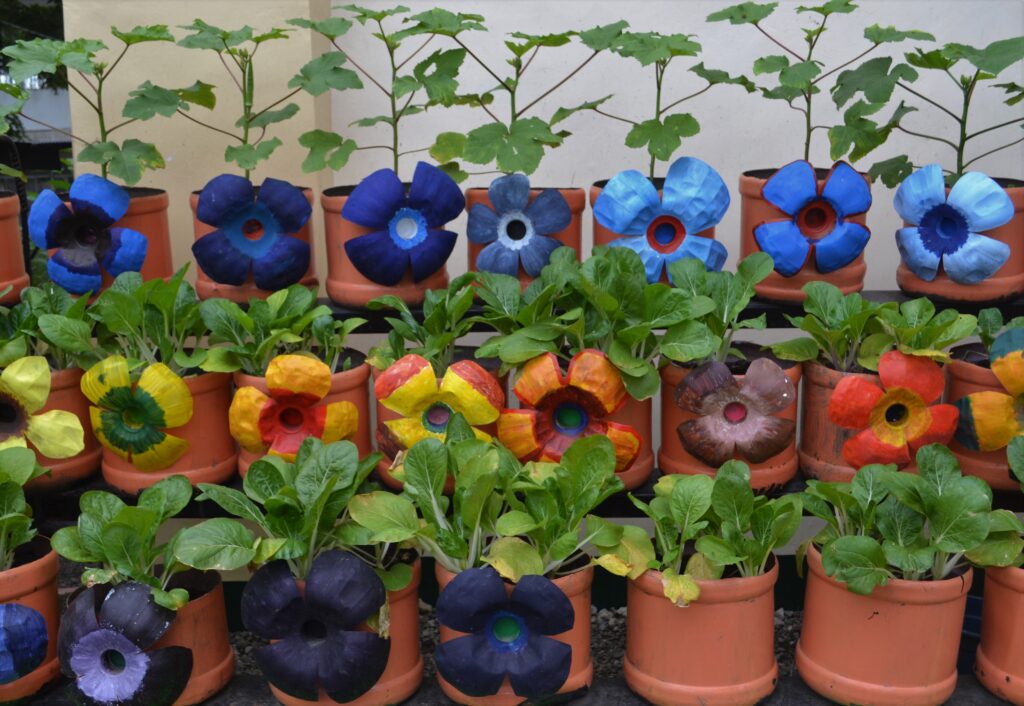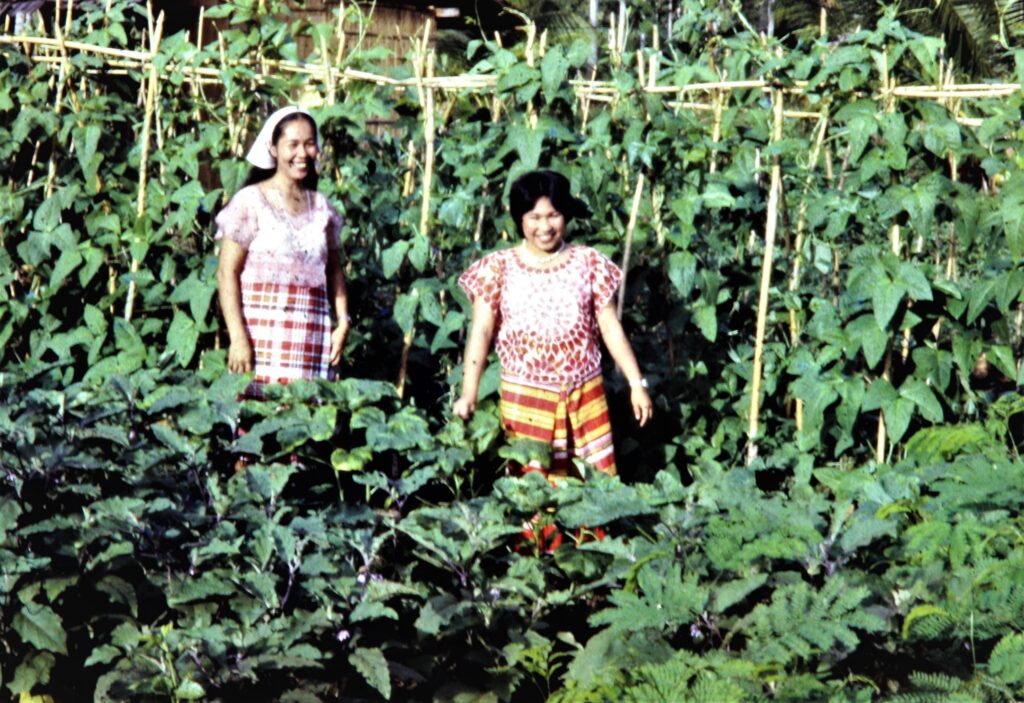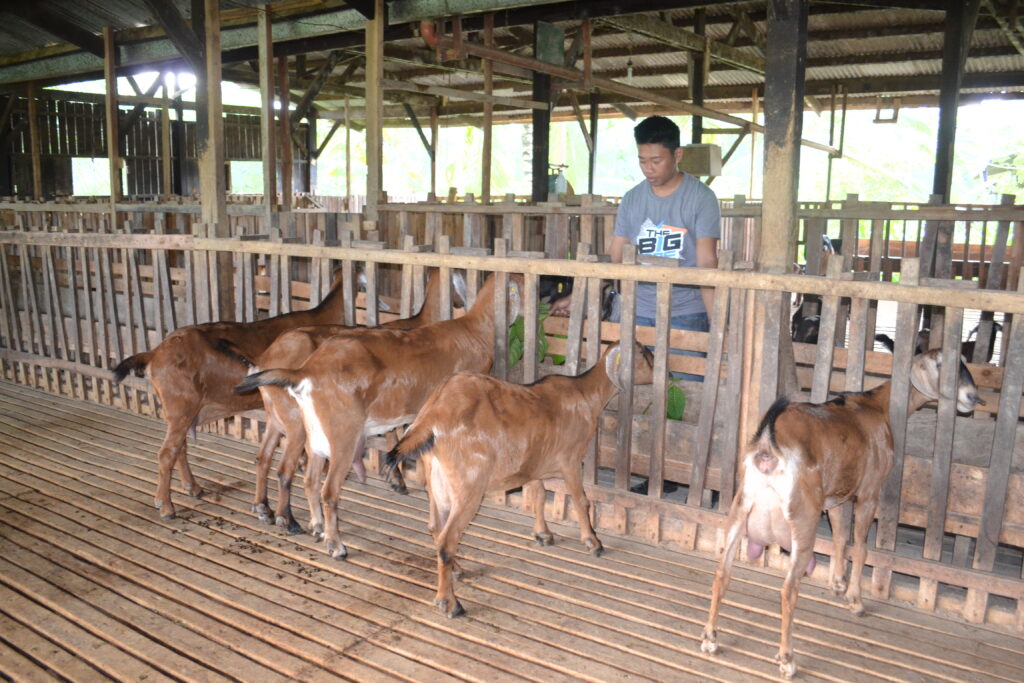Text and Photos by Henrylito D. Tacio
It all started in December 2019 in Wuhan, China. By January 22, the novel coronavirus was already reported in the Philippines. But what Filipinos thought to be another Severe Acute Respiratory Syndrome (SARS) – that it would just dissipate in time – it never happened. Instead, 633 cases were already reported by March 1st.
Because of this, President Rodrigo R. Duterte placed Luzon in a lockdown by March 12. Airports were closed. Shopping malls likewise stopped doing business. Only very few offices were in operation.
Thereafter, the whole country was under enhanced community quarantine. Among the measures employed were checkpoints for checking the motivation for travel, banning public events, closure of commercial and retail businesses, and closure of schools and universities.
Unheard words like contact tracing, swab test, and food pass became the norm. Health protocols – hand washing, wearing face masks and face shields, and physical distancing – were imposed. It was as if the country stood still.
Everyone was completely caught by surprise. After all, the last time the world experienced a pandemic was in 1918 when 500 million people – about one-third of the world’s population then – were infected with a flu virus (H1N1 with genes of avian origin). People thought it would never happen again as medical science has completely advanced and become modernized.
In the beginning, Filipinos didn’t know what to do. But in due time, some were already something worthwhile like cooking.
Ornamentals
To beat boredom and depression, others tried their hands at collecting and growing ornamentals. Studies have shown that flowers and ornamentals increase positive energy levels and help people feel secure and relaxed.
“I don’t have work anymore. Instead of doing nothing, I turn to growing flowers and ornamentals in our homeyard,” says Jeannyline T. Arriaga, a mother of two who used to work in an office. But due to coronavirus disease 2019 (COVID-19), she was among those who lost their jobs.
The blooming flowers gave her something to look forward to every time she wakes up every morning. “Those colorful flowers in different shapes are the perfect morning pick-me-up for me.”
As ornamental growing became popular, some ventured into the ornamental business. In fact, some women go to other areas just to buy ornamentals which they don’t have. Prices range from P100 to 10,000. Rare species are even more expensive – from P20,000 to P50,000.
Some think that growing ornamentals is a wrong move. “Instead, why don’t they grow crops?” they suggested.
Their reason: more people are getting hungry. Pandemic brings hard times, worsening hunger, they pointed out.
So much so that some Filipinos pursued vegetable gardening.
“More than a month after growing, I was able harvest vegetables from my garden,” says Generoso T. Dangalio, a retired chief mechanic who grows tomatoes, eggplant, ampalaya, alugbati, and kangkong in his backyard.
Instead of going to the public market to buy vegetables, his 60-year-old wife can now get vegetables when she needs them. Aside from saving money, it spares her from mingling with people (thus avoid contracting the dreaded virus).
Dangalio is not alone. Some of his neighbors are doing the same thing. “We don’t know when this pandemic will end,” says Marcelo B. Madera, a 35-year-old bank executive who reports for work only three times a week. “It’s better to grow vegetables in our home yard.”

Urban agriculture
Most people grow vegetables in rural areas. But even people living in the cities are growing vegetables and fruits.
“Vegetables and fruits are more nutritious,” explains Agriculture Secretary William D. Dar when asked about the relevance of urban agriculture in the times of pandemic. As such, they help “build up the immune systems of individuals.”
The Department of Agriculture promoted urban agriculture, particularly in Metro Manila, to ensure household food security. “We need to promote proper implementation of urban agriculture in the metropolis so that when there is tightening of food supply from the provinces there will be enough in the urban as well,” pointed out Dr. Dar, who has been advocating the importance of urban agriculture even before the COVID-19 happened.
This was also true in other cities in the country, which rely on much of their supplies of vegetables and fruits from neighboring provinces and towns. “We need to explore all strategies to ensure that food productivity, availability and sufficiency is attained, particularly in this challenging time,” said the agriculture chief.
While most establishments were closed, farming continues. The Philippines is an agricultural country, and farmers continue tilling their farms. Farming is among the most viable livelihoods in the time of the pandemic.
“The Philippines’ agriculture sector has shown some resilience in the face of COVID-19,” observes Ndiame Diop, the World Bank’s country director for the Philippines. “Despite the difficulties brought about by the pandemic, the agriculture and fisheries sector grew by 1.6 percent in the second quarter of the year. It’s the only sector to grow during the period.”
“Farming didn’t stop when pandemic struck the country,” agrees Jethro P. Adang, the director of the Mindanao Baptist Rural Life Center (MBRLC) Foundation, Inc. based in Kinuskusan, Bansalan, Davao del Sur.

Goat raising
MBRLC, the originator of some sustainable farming systems, trains people who come to the center. “Even during the pandemic, we continue our training programs for farmers,” says Adang.
One of those who sent trainees to MBRLC was the National Dairy Authority, which wants to upgrade the goat raising system in Southern Mindanao. MBRLC is touted to be Davao del Sur’s goat center.
Instead of the usual 30 participants per training group, only 10 people attended the center’s hands-on training. “Prior to training, the participants are required to submit the COVID-19 health checklist form,” says Janoz S. Laquihon, the team leader and community organizer of the NDA program.
MBRLC is one of the top agritourism destinations in the Davao Region. Despite the pandemic, people still come to the center. “Most of those who come are farmers,” Adang says. “They buy assorted vegetable seeds which they plant in their farms.”
Non-farmers come to the center to buy goat’s milk. “Before the pandemic, we had a hard time selling our milk. We were surprised that after a month since the pandemic started, we were running out of milk. The reason, we found, is that more people were drinking fresh milk to boost their immune system.”
While COVID-19 brought many miseries to people, it has, in a way, also brought out the best in some by thriving during the hard times.
“More than just a buffer, agriculture can clearly play an important role in the economic recovery in the Philippines as it works to gain back the ground it lost during the pandemic,” said Diop in a statement.


